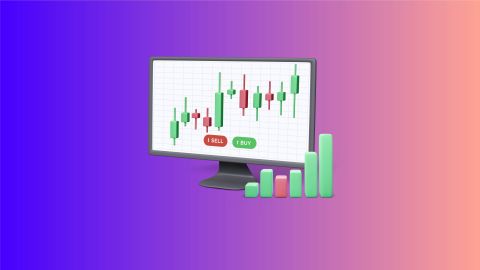Example of Per Capita
Here’s a simple example of calculating per capita using a basic formula:
Suppose 200 pencils are bought by 20 people.
200 (total quantity) ÷ 20 (total population) = 10
So, the per capita pencil use is 10.
For larger-scale data, per capita can be reported per 100,000 people—common in public health statistics. For instance, flu cases are typically reported per 100,000 individuals for more meaningful comparison across regions.
Applications of the per capita meaning
1. GDP per capita
Gross Domestic Product (GDP) per capita divides a country’s total economic output by its population, offering a clearer way to compare economic well-being across nations. It adjusts for population differences, enabling like-for-like analysis. Real GDP per capita further refines this by adjusting for inflation, reflecting the actual change in economic productivity over time.
2. GNI per capita
Gross National Income (GNI) per capita includes income from residents both inside and outside the country, along with foreign investments such as interest and dividends. It’s a broader indicator of average income than GDP per capita. Unlike the U.S. measure of income per capita, GNI per capita incorporates business earnings and international income sources.
What is the difference between per capita and median?
Per capita vs Median measures:
Unlike per capita measures, which give an average across an entire population, median values such as income often provide a more realistic picture of individual earnings. Median income is the midpoint in an income distribution—half earn more, half earn less. For instance, in the U.S. in 2023, median household income was $78,538, but per capita income stood lower at $43,289.
Per capita includes all individuals regardless of earning status, including non-earners, which can distort the average. Median income better accounts for skewed distributions and outliers.
Also read: What is Securities Transaction Tax (STT)
Final words
If your question is “what is per capita”, it can be explained as a per-person estimation rather than a gross estimate. Per capita can help you find a country’s average living standard or average prosperity per person. It is a reliable economic indicator, especially when you want to compare the standard of living of two or more countries. In contrast to absolute figures of nominal GDP, GDP per capita gives you a better comparison of a country’s average prosperity level.
However, prosperity may not adequately encapsulate the country’s quality of life. In that case, the Human Development Index (HDI) can be a more reliable indicator than GDP per capita, as the former considers many other factors such as life expectancy at the time of birth, climate condition, environmental quality, freedom of speech, political stability, access to education, and many other aspects along with economic prosperity.





